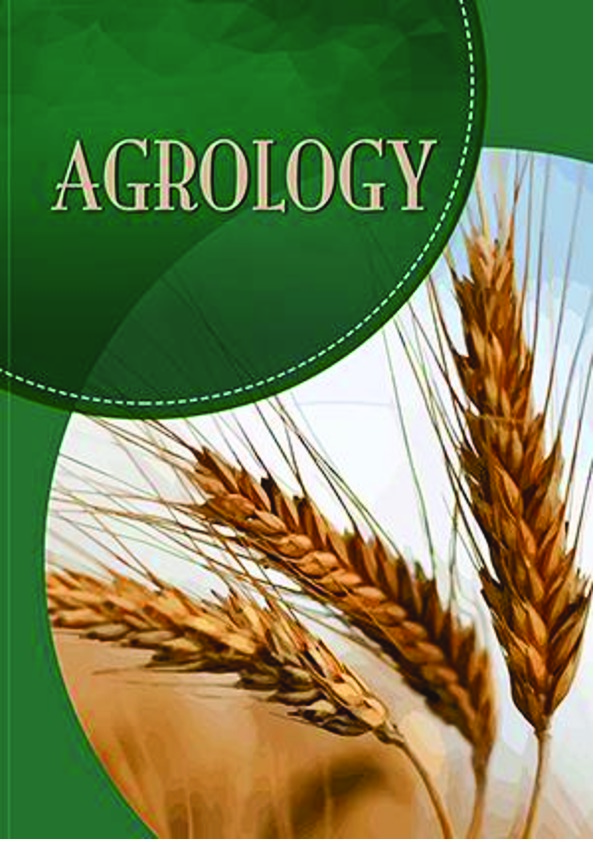id: 36752
Title: Effect of weeds on pea (Pisum sativum) seed germination
Authors: Okrushko S.E., Shkatyla Y.M., Okrushko D.V.
Keywords: germination energy; alelopathy; pea seeds; weeds; phytotoxicity
Date of publication: 2024-07-29 12:00:59
Last changes: 2024-07-29 12:00:59
Year of publication: 2024
Summary: Segetal vegetation should be controlled both during crop growing season and after harvesting. The reason is that undesirable vegetation accumulates a significant mass, one that will later become a threat to the following crop in crop rotation. Mixtures of substances of biogenic origin, called allopathic, are constantly changing subject to abiotic factors and environmental conditions. Therefore, their effects on organisms are characterized by significant variability. According to the biotesting results, we found that allopathically active substances of all experimental weed species had a negative effect on pea seed germination. In the control variant, all seeds germinated in 4 days, but in some experimental variants 2–3% of the seeds were in the phase of swelling. Water extracts from different species and parts of weeds had significant inhibitory effect on the germination of pea seeds and further growth. The water-soluble extracts from the underground organs of perennial weeds such as Elytrigia repens L. and Cirsium arvense L. were particularly strong, leading to 58.2% and 53.1% reduction in the length of the embryonic root. Water-soluble extracts from the leaves of these weeds had slightly lower effects on pea germination, and the lags in root growth were 33.5% and 31.4%, respectively. Extracts from weed stems also inhibited pea germination and had an intermediate effect between the effect of water-soluble extracts from the underground part and leaf blades. The effect of extracts from roots of annual weeds on the length of the germinal root ranged 36.6% in common stork’s-bill (Erodium cicutarium L.) to 13.9% in chickweed (Stellaria media L.). The allopathic effect of the substances from the leaves of chickweed (Stellaria media L.) and potato weed (Galinsoga parviflora Cav.) had the lowest effect on the growth of pea root. The lag of the indicator in the control was 7.2% and 12.9% for the variants.
URI: http://socrates.vsau.edu.ua/repository/getfile.php/36752.pdf
Publication type: Статті у наукових фахових виданнях України (Copernicus та інші)
Publication: Агрологія. 2024. № 1 (7). С. 34-37. DOI: 10.32819/202405
In the collections :
Published by: Адміністратор
File : 36752.pdf Size : 1034597 byte Format : Adobe PDF Access : For all

| |
|
|